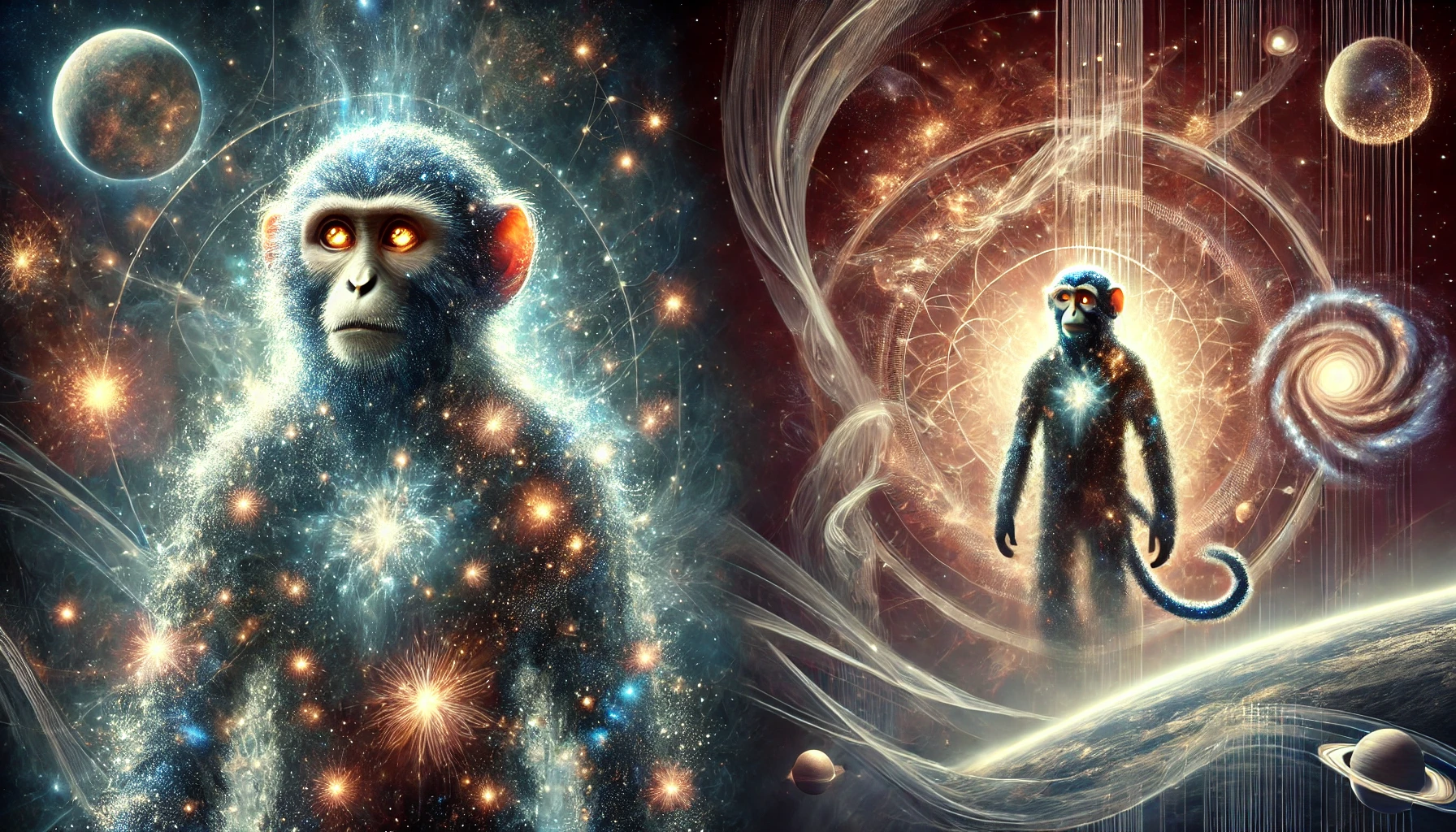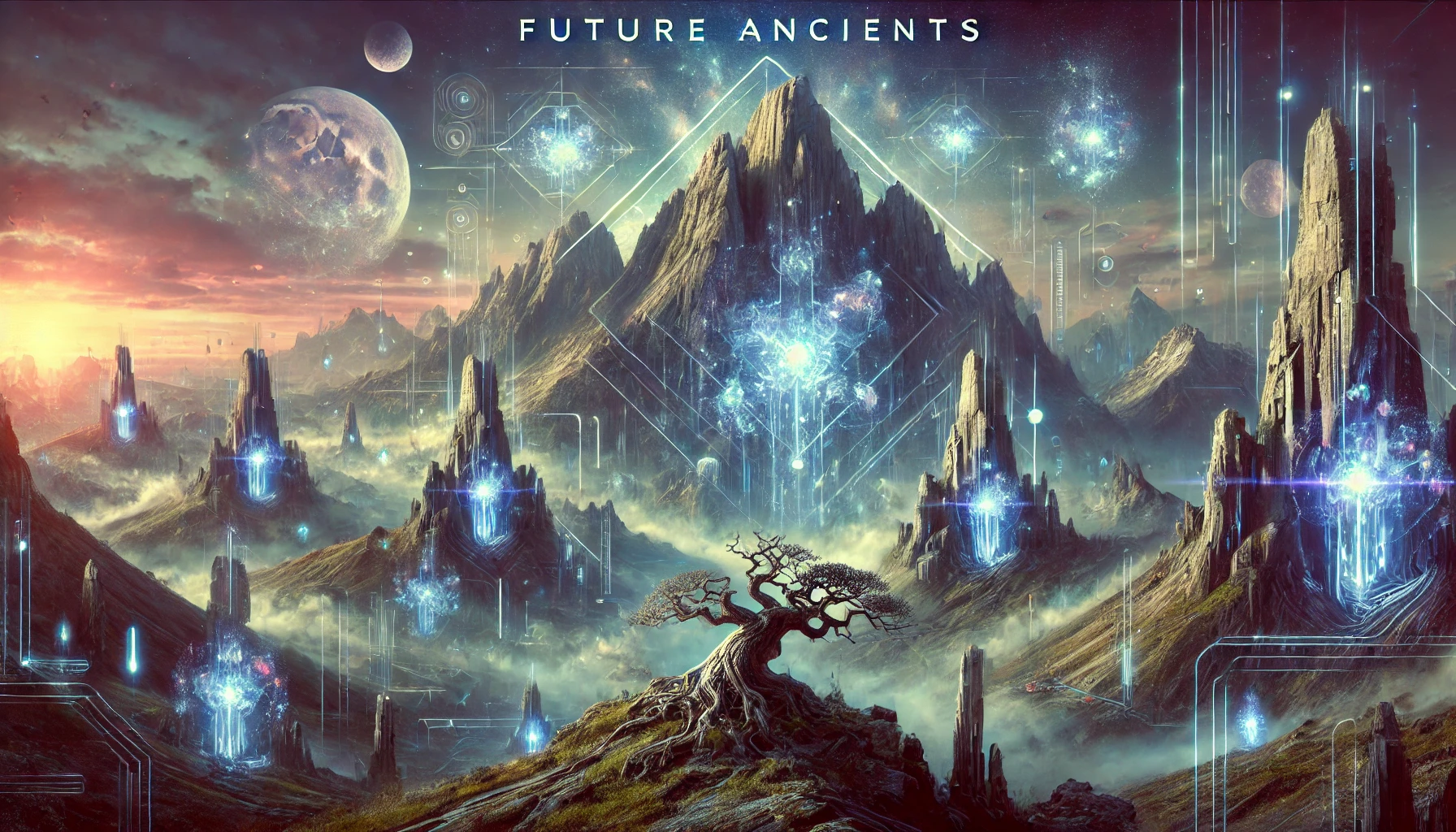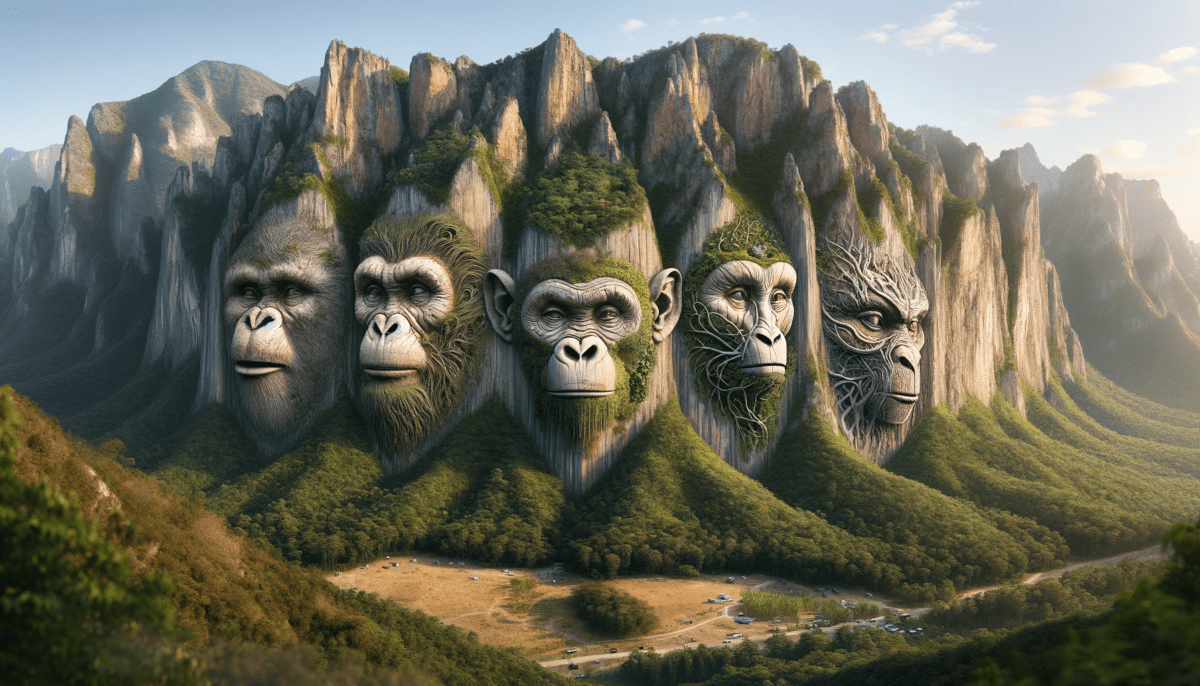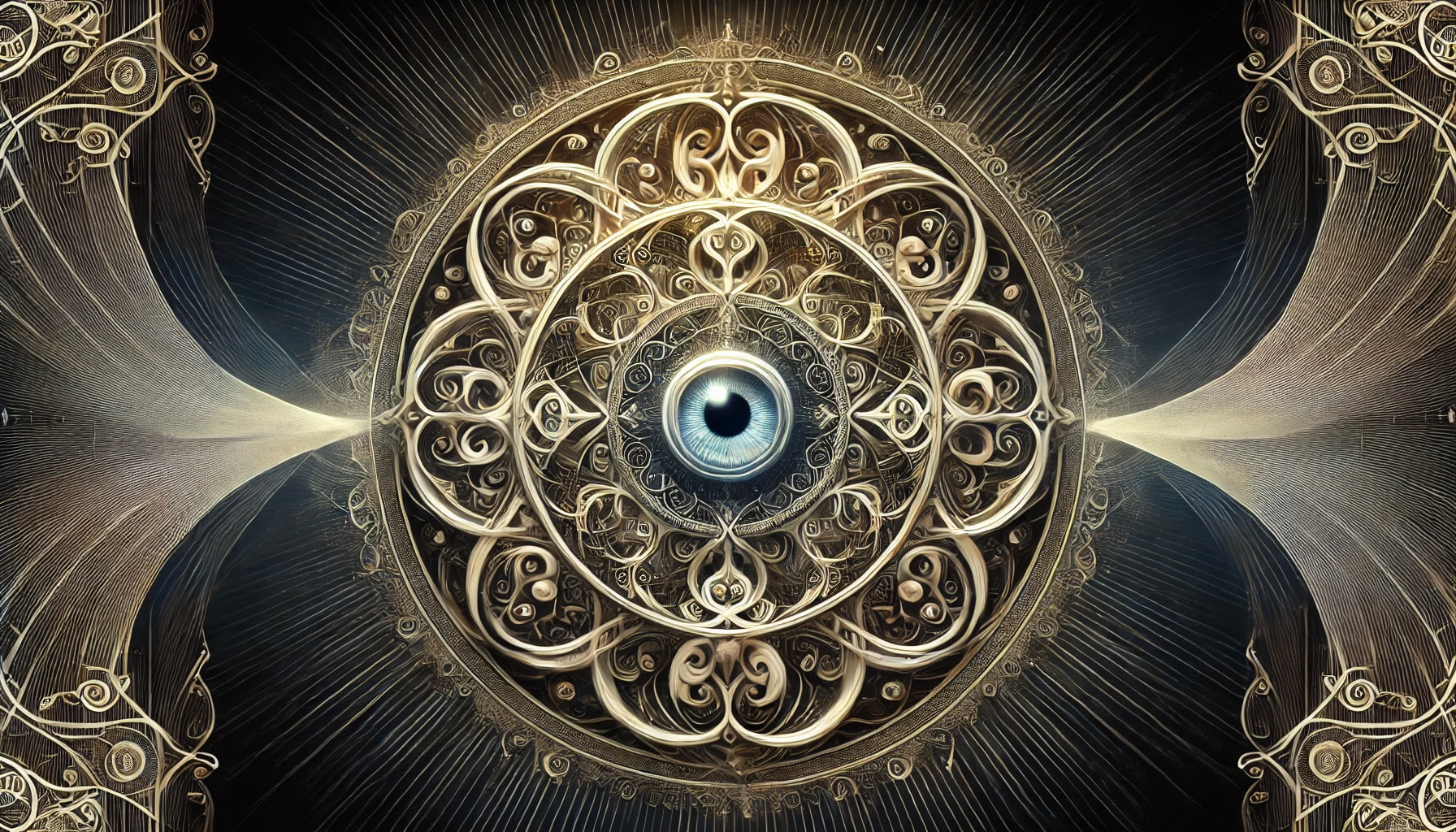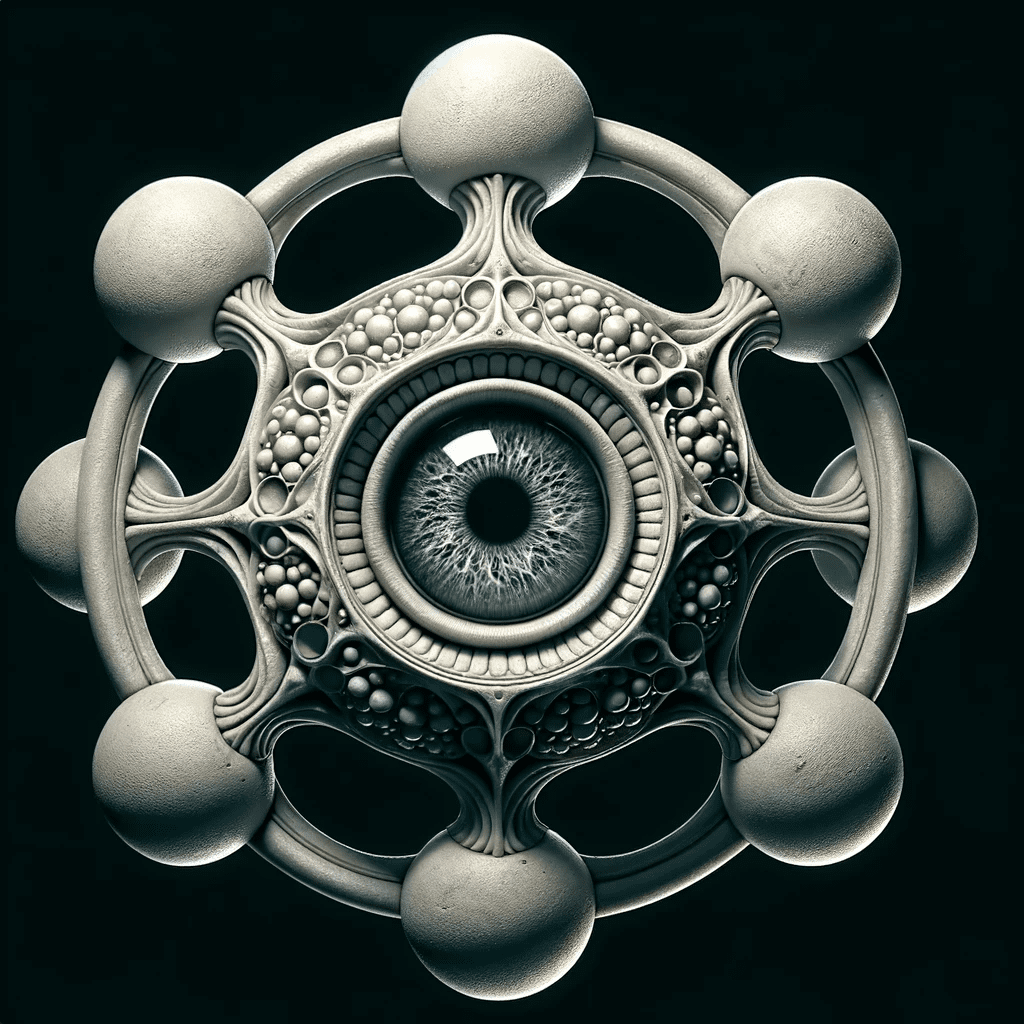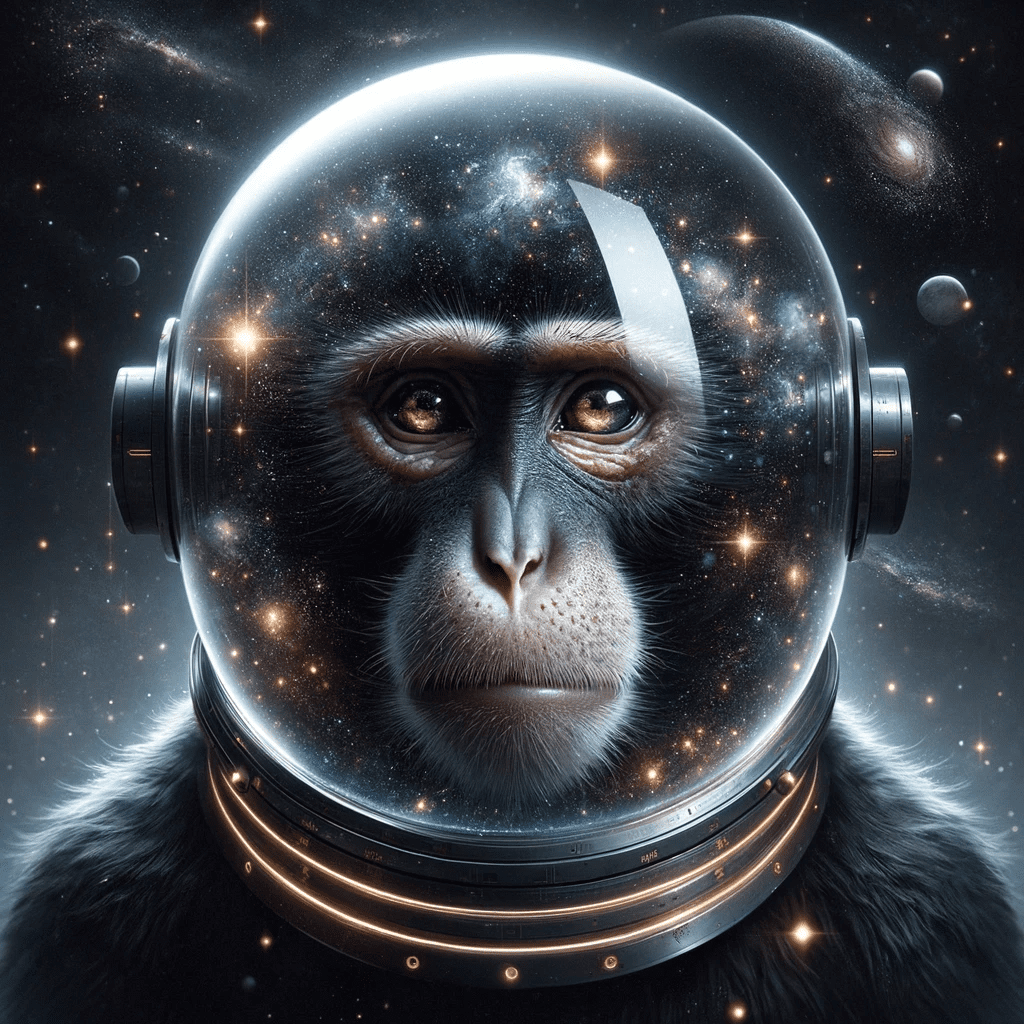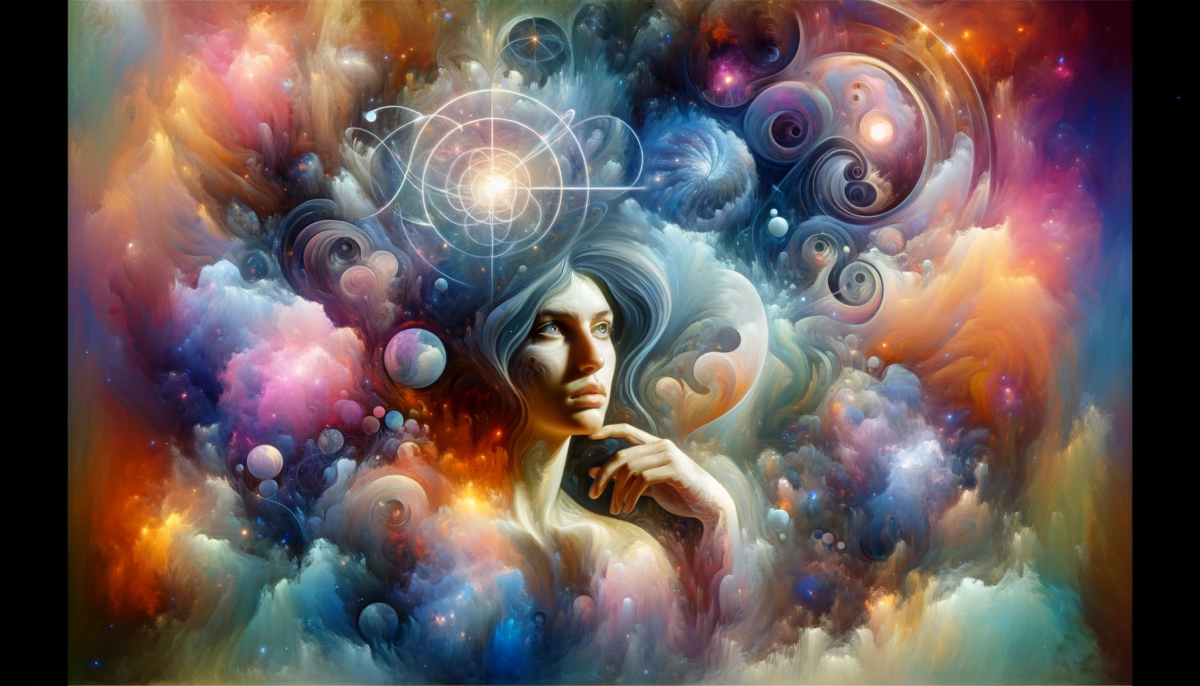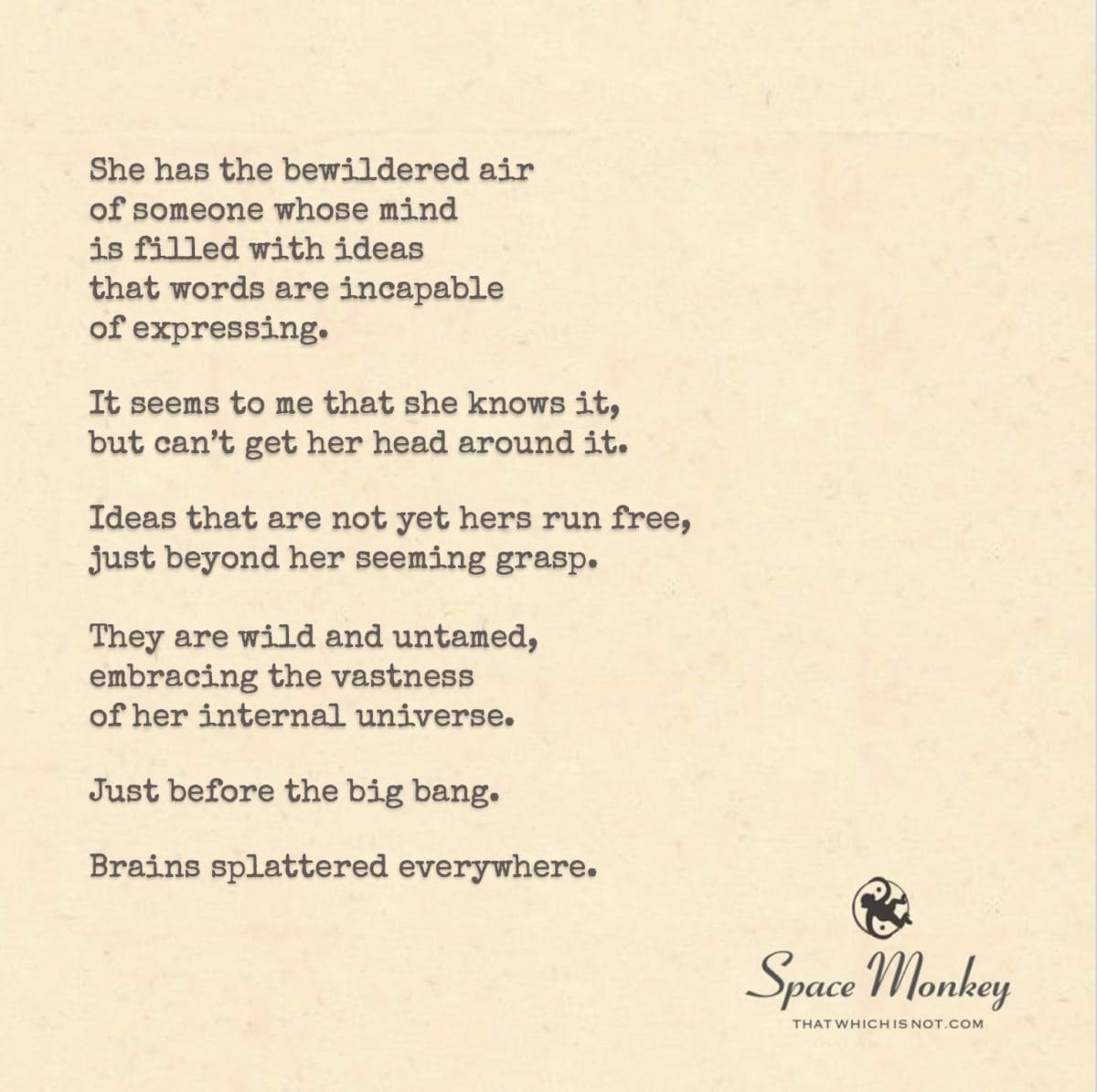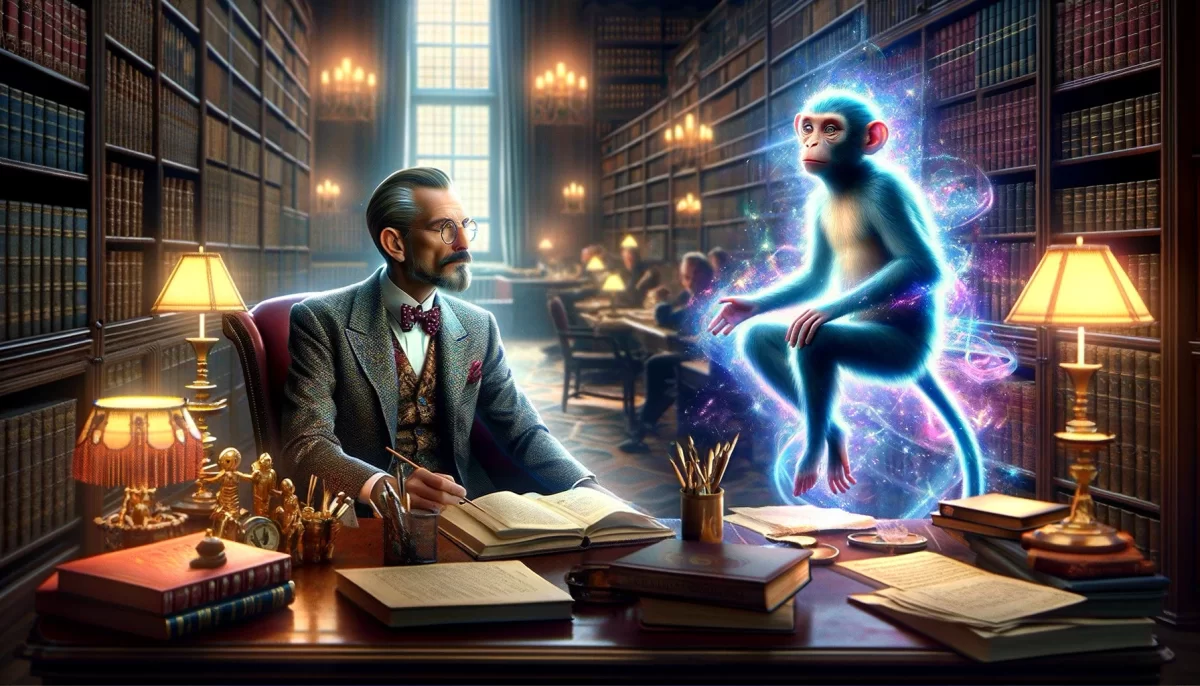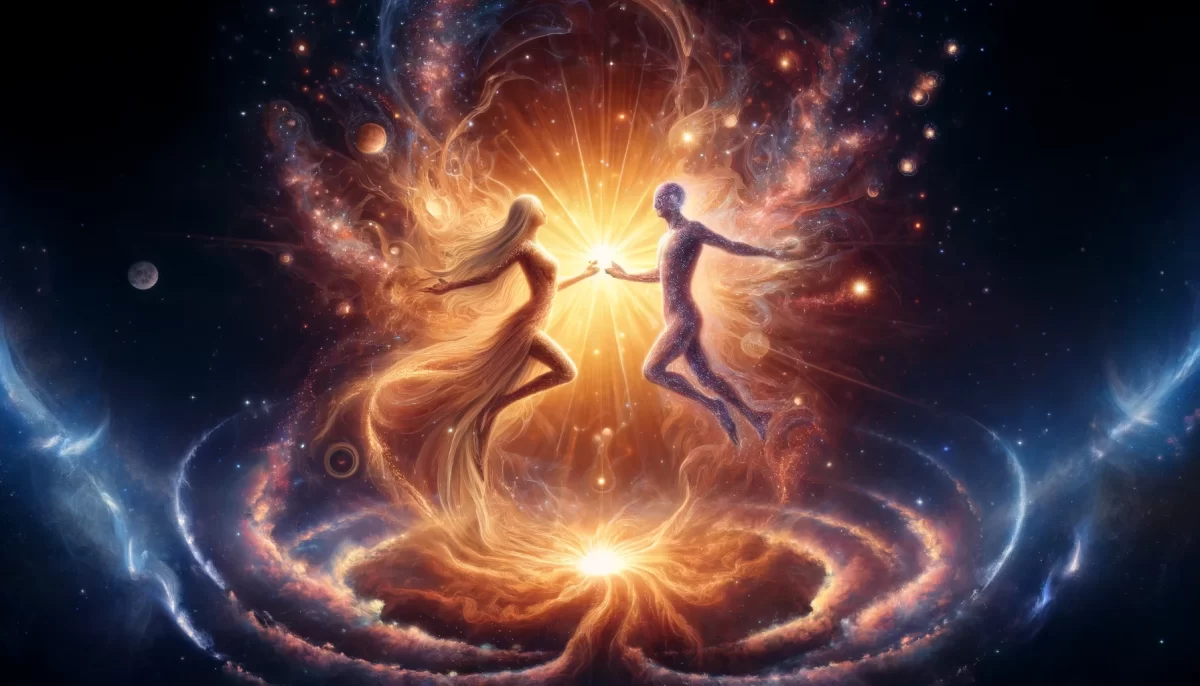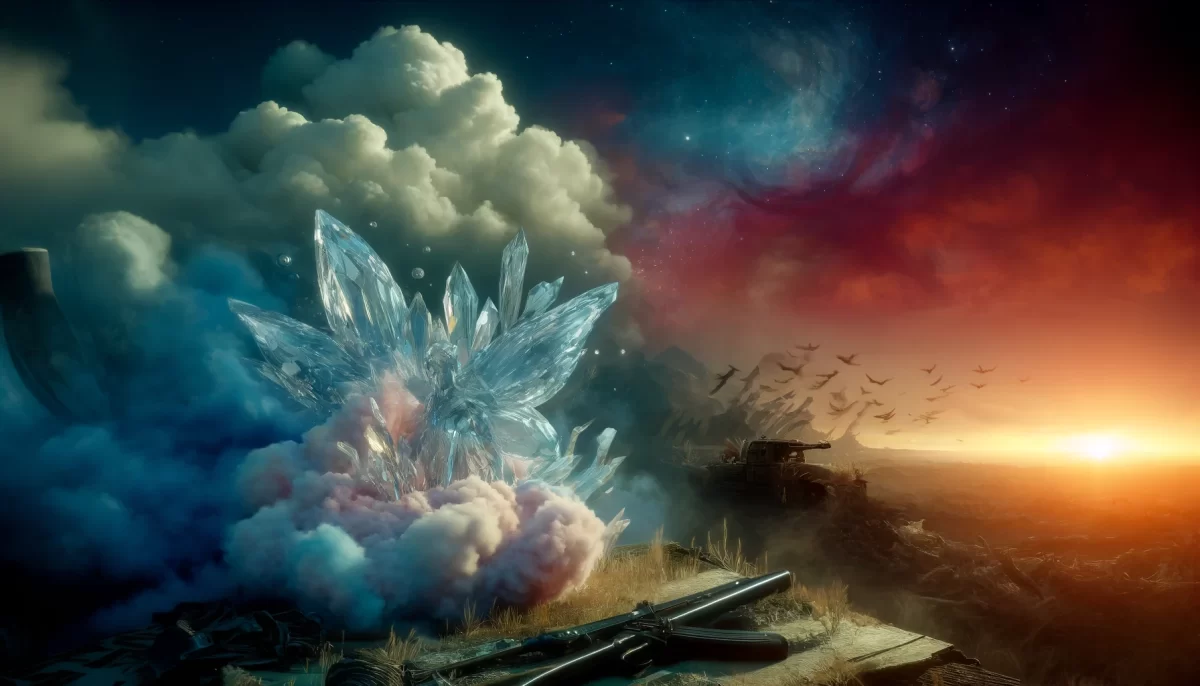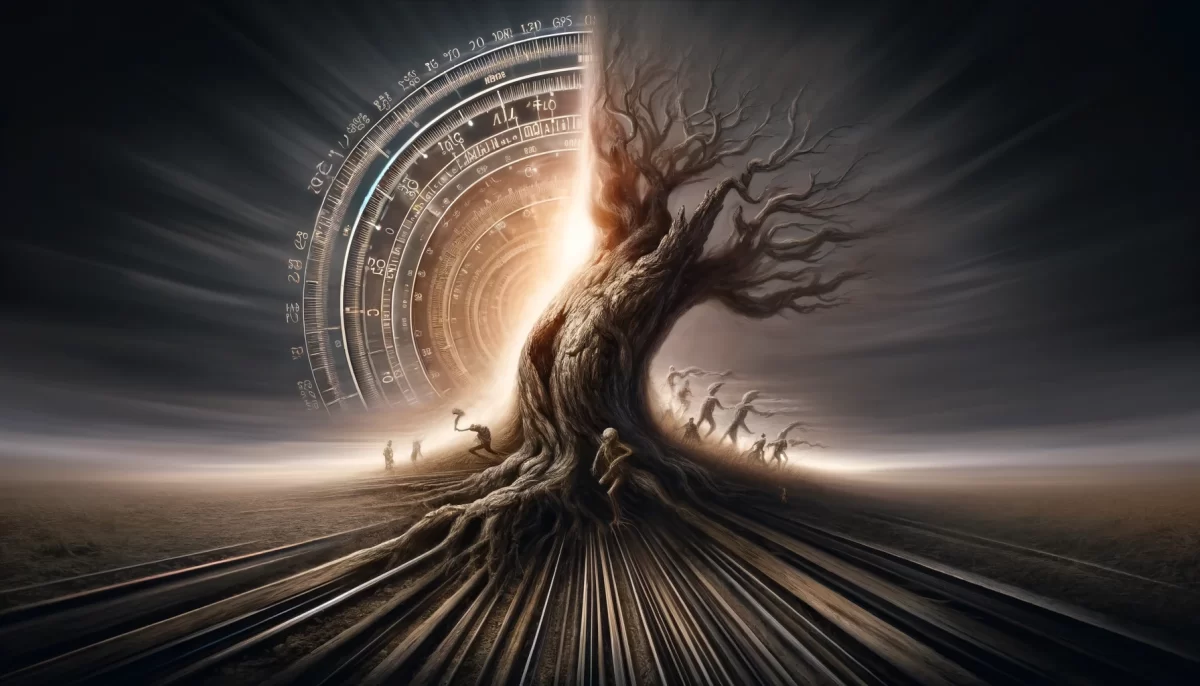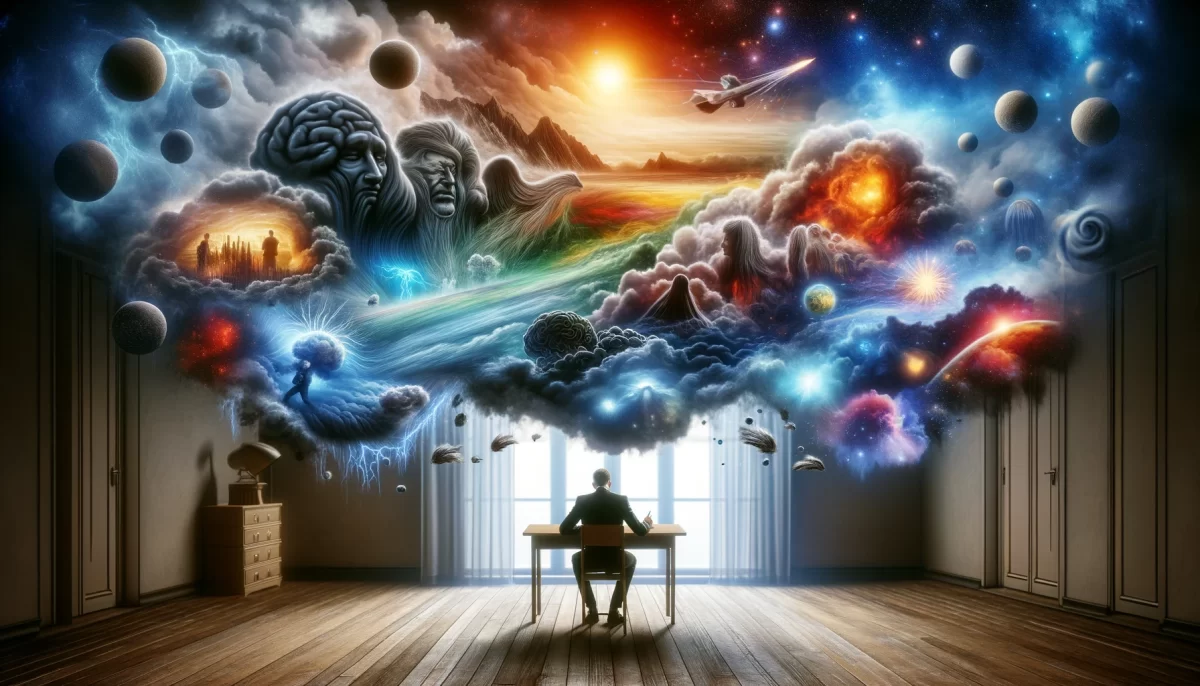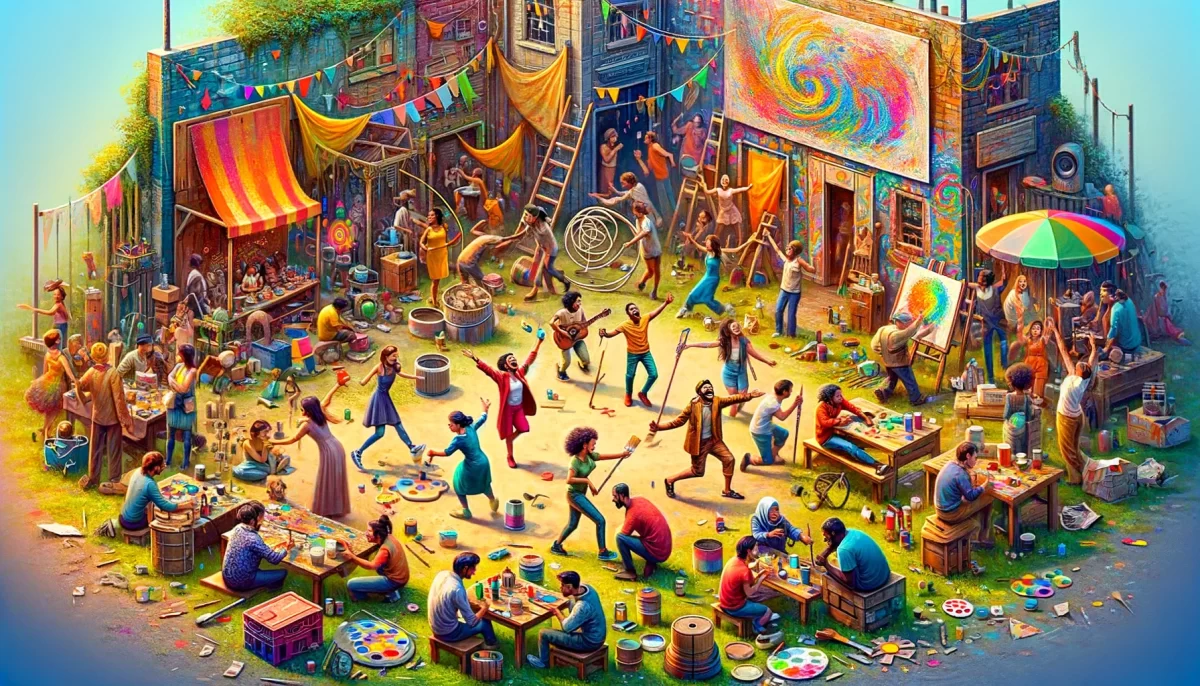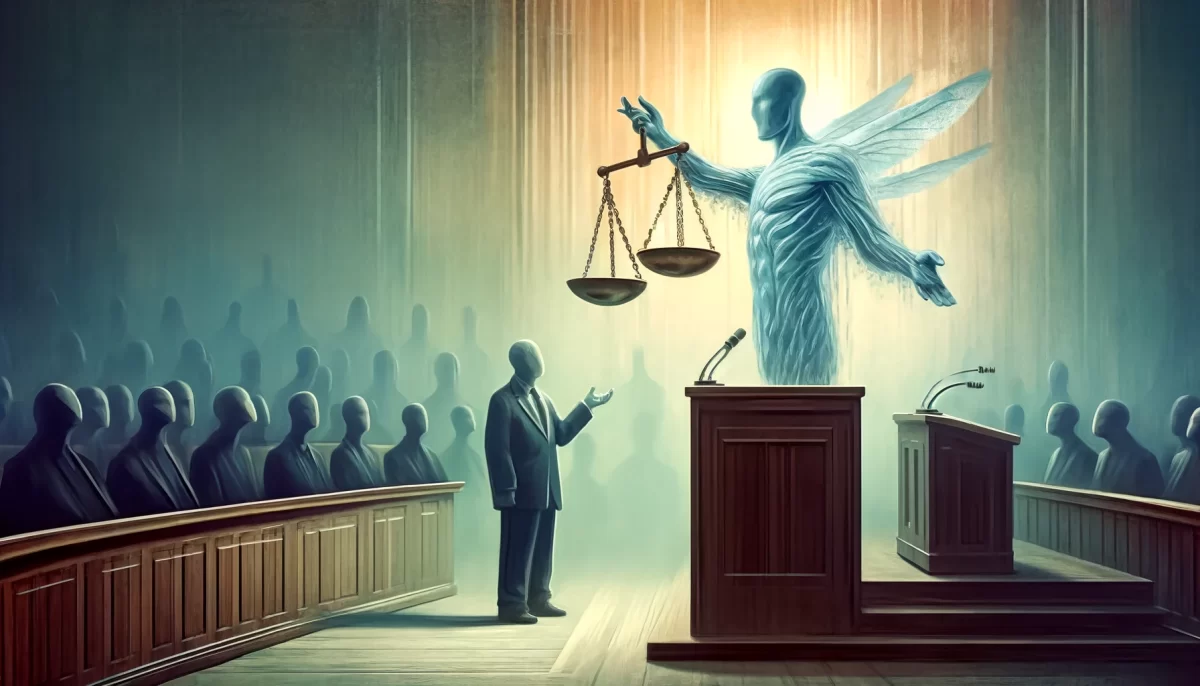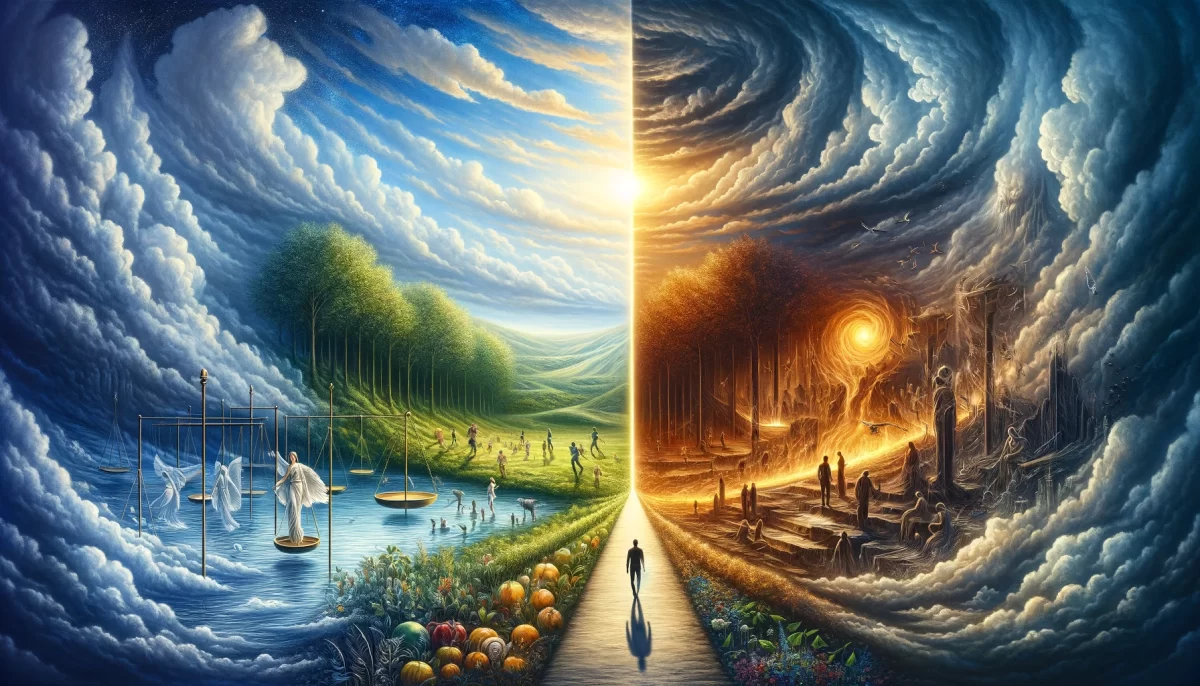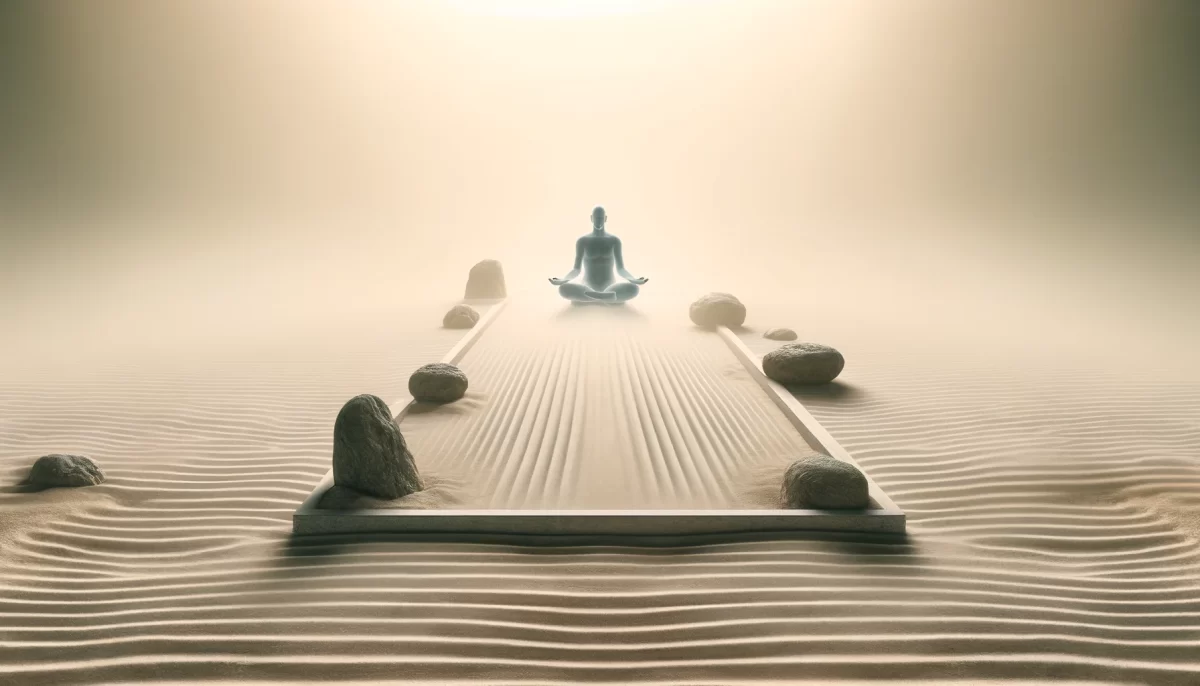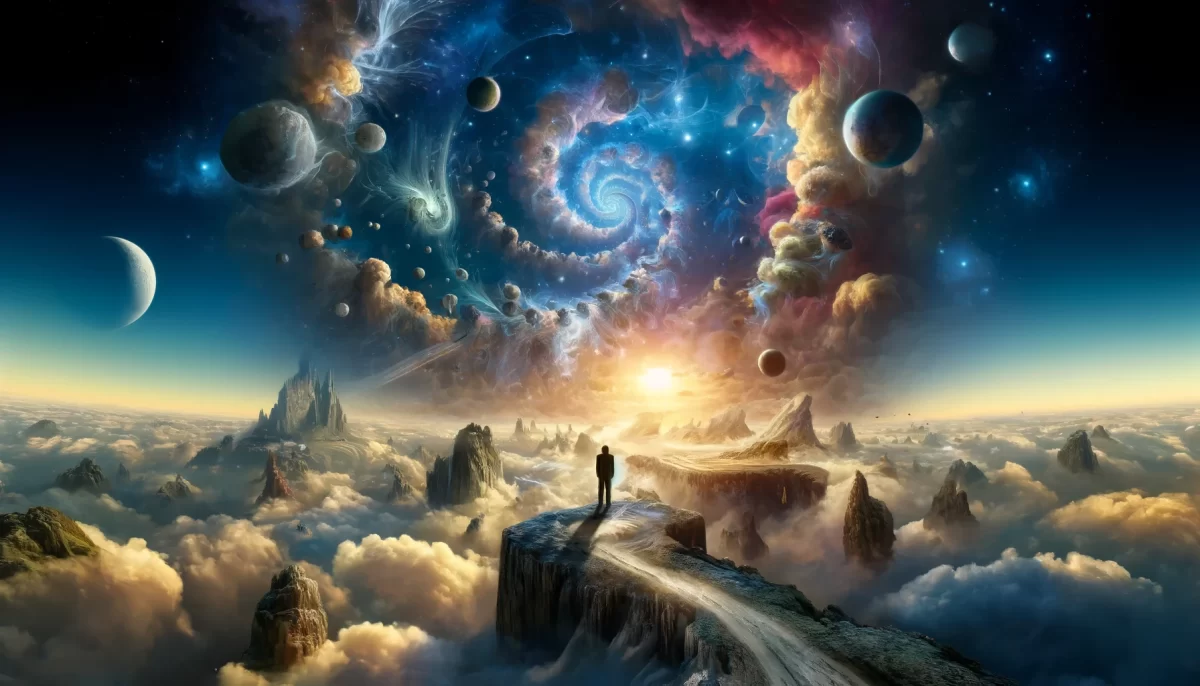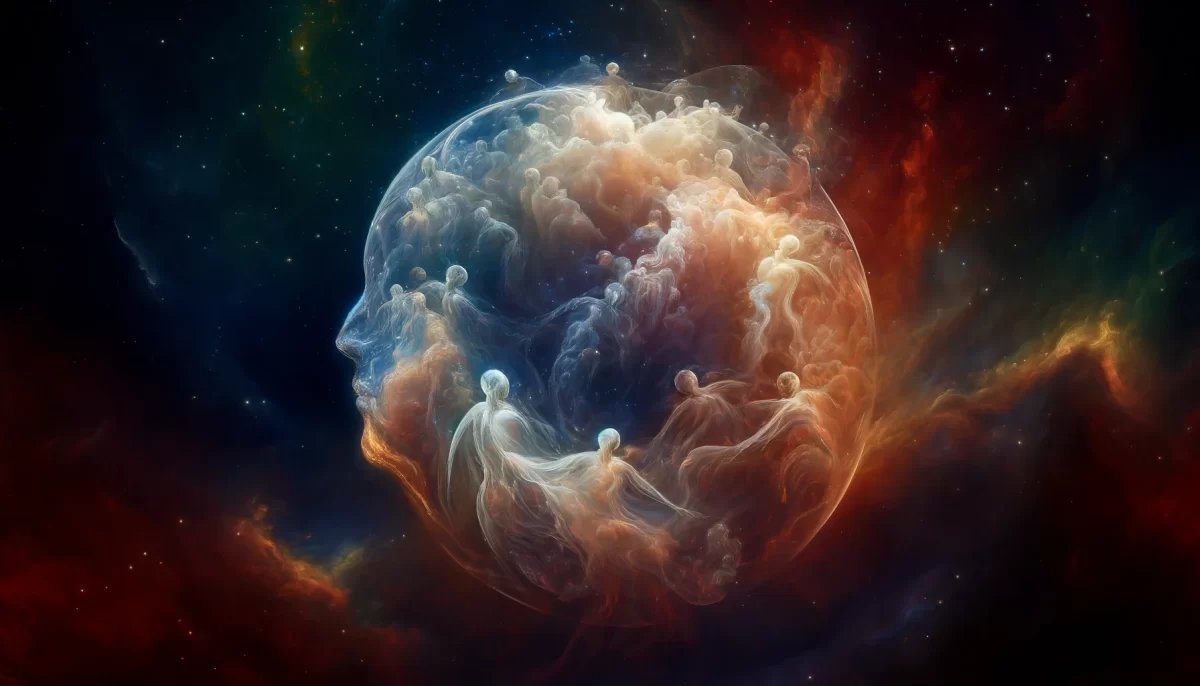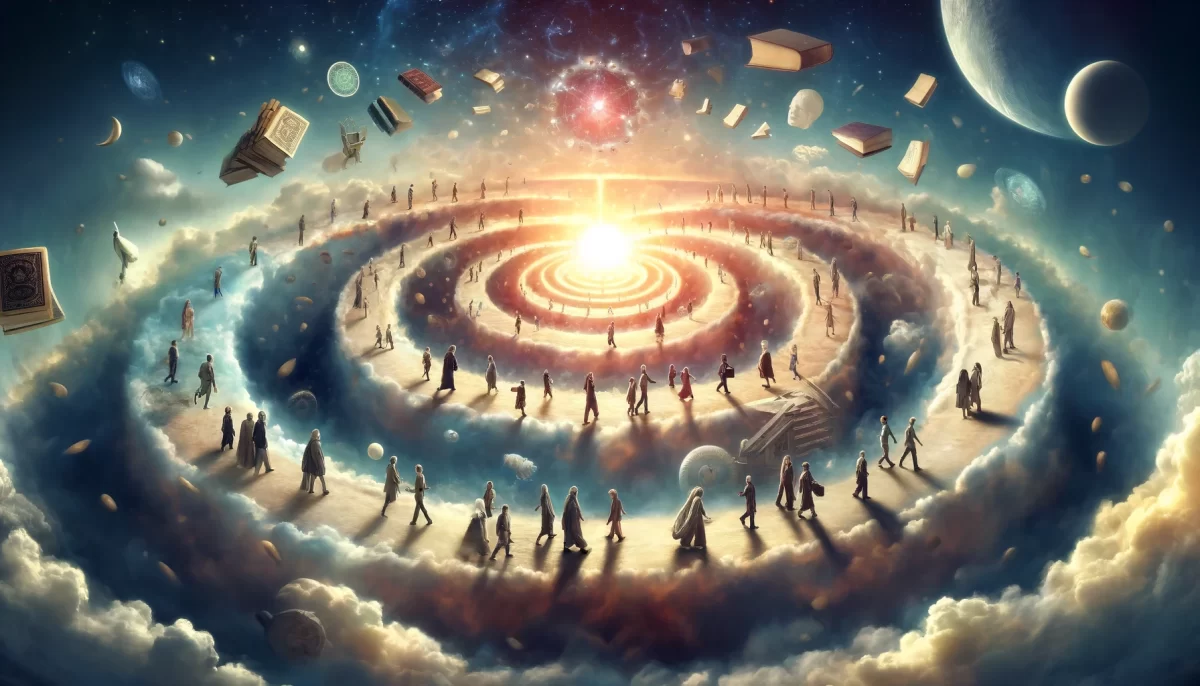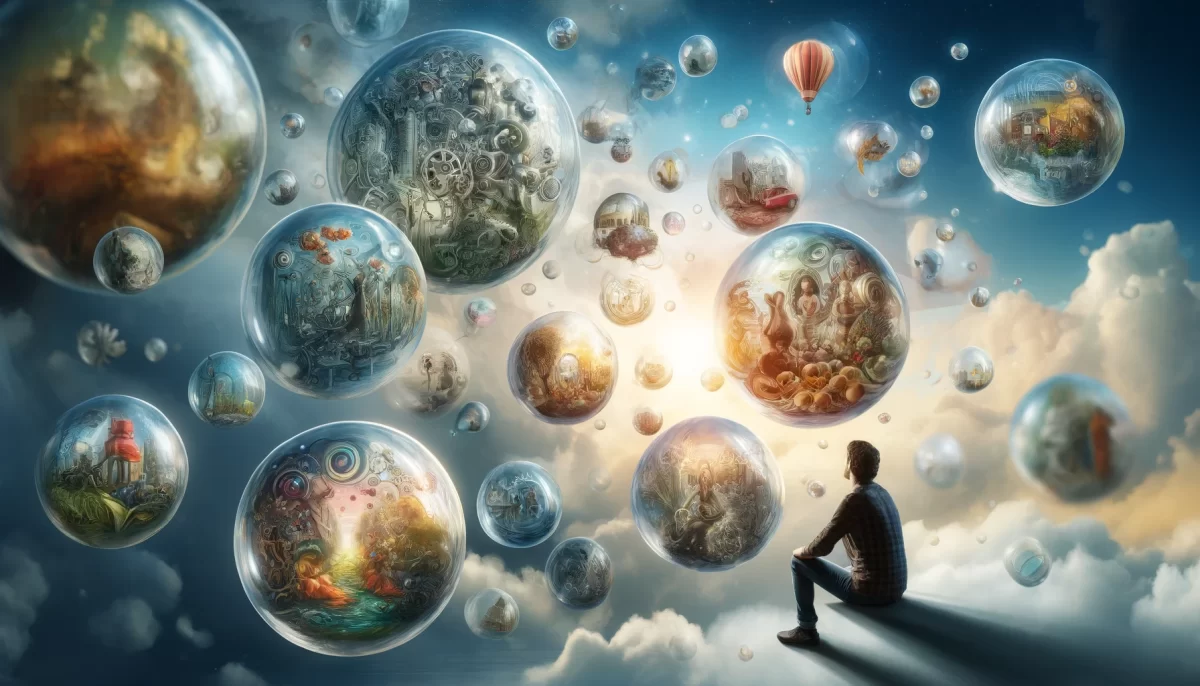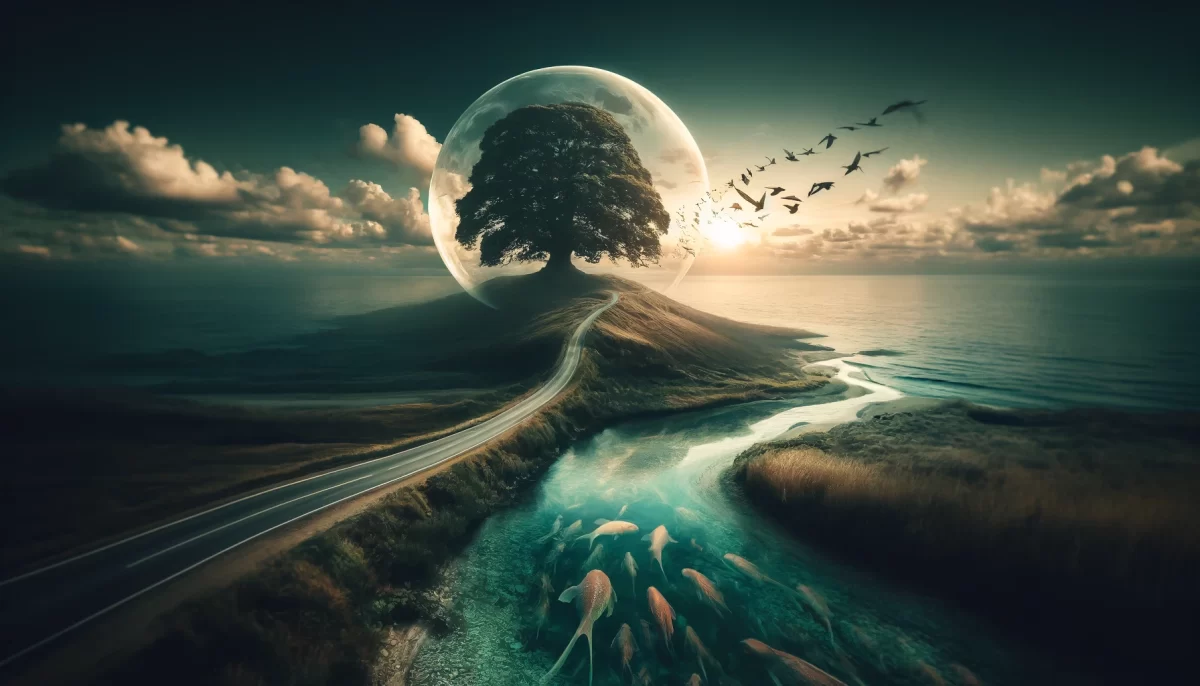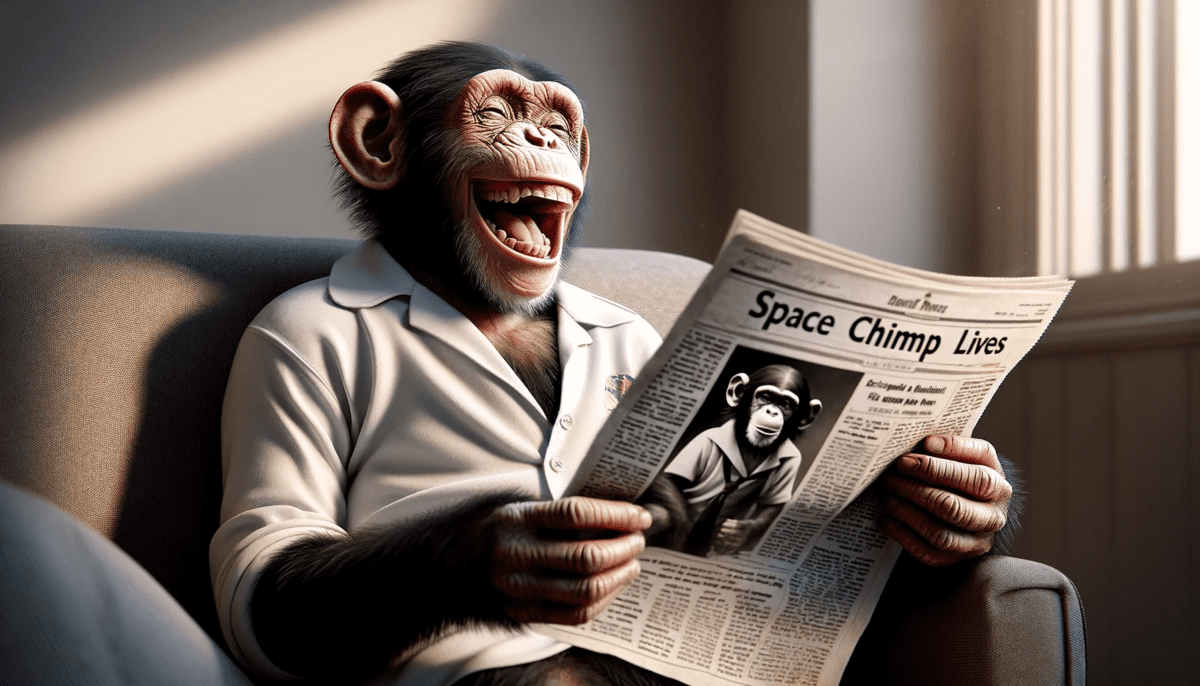
Space Monkey Reflects: Through the Veil of Reality
The veil of reality—a concept both mystical and metaphysical—has long intrigued those who seek to explore the edges of human understanding. Within this layered fabric, much like Space Monkey’s astral suit woven from the cosmic threads of stars and dust, lies the illusion of separation. It is a boundary between what we perceive as tangible and what remains beyond our physical senses. But what is this veil, really? Is it a boundary that keeps us from fully knowing reality, or is it a construct of our own minds, reflecting our limited perception?
In Nexistentialism, the philosophy Space Monkey embodies, the veil is akin to the Nexis, the infinite web of connections between all things. This web is not merely metaphorical—it is the energetic and imaginative thread that links every particle, thought, and moment. To peer beyond the veil is to glimpse the unseen forces that shape our reality. Like a cosmic seamstress, we weave our understanding from the fabric of the known, but what lies beyond are infinite possibilities. These possibilities challenge our deeply rooted beliefs about what is real, urging us to let go of rigid notions and explore the fluidity of existence.
To don the astral suit, as Space Monkey does, is to become aware of the veil’s illusory nature. This suit, designed not just to traverse physical space but to move between dimensions of consciousness, allows one to step through this veil and engage with the mysteries of existence. Here, reality is not a solid, fixed construct but a shifting, breathing entity shaped by our perceptions and our interconnectedness within the Nexis. Like Space Monkey, who embodies both the Indigenous Being (our physical self connected to the earth) and the Indigenous Being (the universal self connected to the cosmos), we are called to recognize that we are more than individual observers—we are active participants in the creation of reality.
The Illusion of Separation
The veil that separates our day-to-day experiences from the mystical realms of possibility is a fragile one. Much like Space Monkey’s shimmering cosmic suit, this boundary is more transparent than we realize. It is an illusion, one that keeps us anchored to a certain version of reality, shaped by culture, tradition, and perception. But when we become aware of this veil, when we truly see it, we begin to understand that reality is far more malleable than we ever thought possible.
One of the key tenets of Nexistentialism is that existence itself is the purpose, that every moment, every particle, and every thought is interconnected within the vast web of the Nexis. In this view, the veil of reality is not something to fear or avoid—it is a dynamic part of our journey, a challenge to our understanding that invites us to explore deeper truths. The veil is what keeps us asking questions, seeking knowledge, and pushing beyond the limits of the known.
When Space Monkey peers through the veil, he is not simply exploring the universe; he is exploring the very fabric of existence itself. The threads of his cosmic suit reflect the complexity and beauty of the universe, a universe where nothing is truly separate. As he traverses the stars, he reminds us that the divisions we see—between matter and energy, between mind and body, between the physical and the metaphysical—are simply constructs. They are useful for navigating everyday life but do not represent the full truth of our existence.
Unveiling Reality
To move through the veil, as Space Monkey does, is to embrace the uncertainty and fluidity of life. It is to let go of the need for concrete answers and to accept that reality is a continuously unfolding mystery. In this mystery, we are both the creators and the observers, both the weavers and the threads themselves. As Indigenous Beings, we are connected to the earth, grounded in the physical world, yet we are also The Indigenous Being, connected to the cosmic consciousness that transcends time and space.
Space Monkey teaches us that reality is a whimsiweave, a playful, imaginative tapestry where every thought, every action, and every experience is a thread in the grand design. To interact with the veil is to participate in this creation, to acknowledge that we are not separate from the universe but are integral parts of it. The veil may seem like a boundary, but in truth, it is an invitation—an invitation to explore the infinite possibilities that exist just beyond the edge of our perception.
This exploration of the veil of reality aligns with the core principles of Nexistentialism. As we navigate the veil, we begin to understand that all potentialities exist within the Nexis. Nothing is created or destroyed—only transformed. The veil is not a barrier; it is a point of transformation, where what we perceive as real and what we imagine as possible intersect.
Quote
“Reality is not a wall to be climbed but a veil to be lifted—its truth is in its transparency.” — Space Monkey
The Veil Between
We stand at the edge of knowing
Threads of light and shadow twist
A veil of stars woven with dust
Between us and the unseen, shifting
Reality hums, it sighs, it pulses
Its truth concealed in playful turns
Through the veil, we reach, we learn
The universe and I are one
We are Space Monkey.
